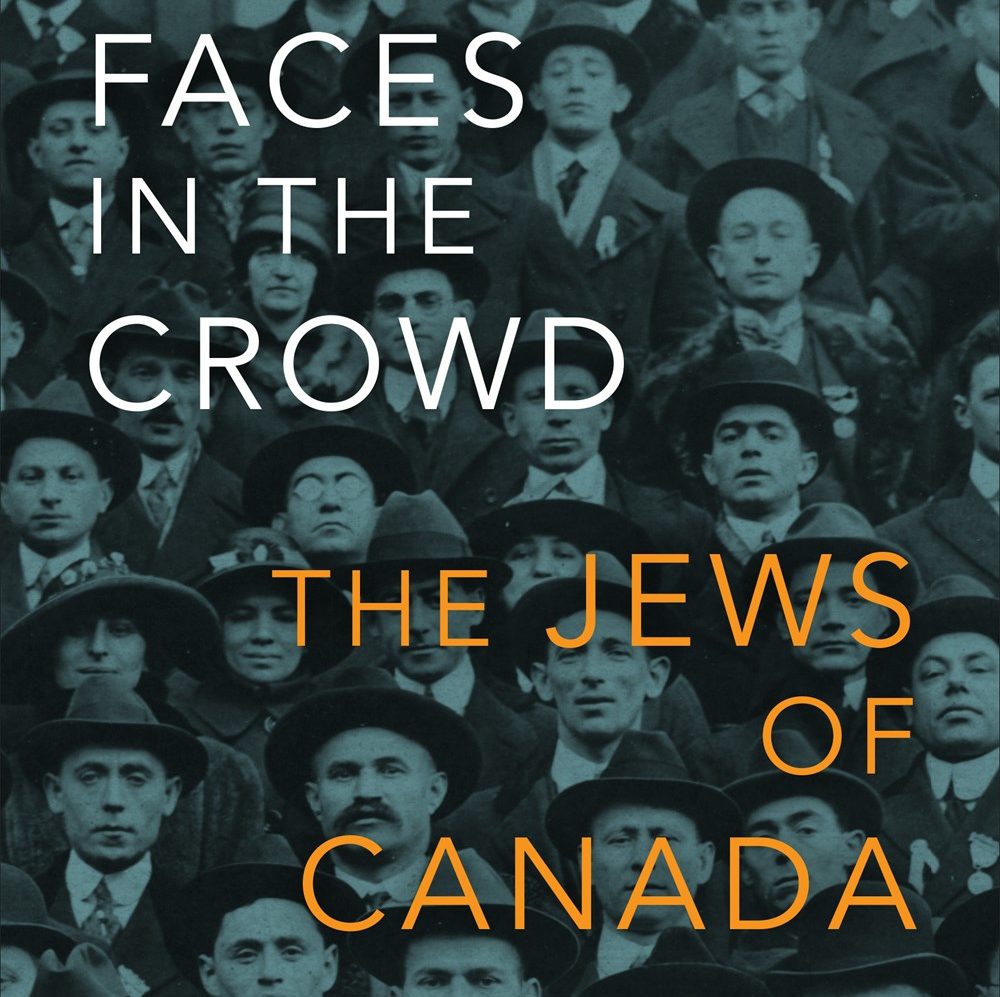I am a self-professed lover of Canadian Jewish history—a passion which set me on my career path as an archivist at Canada’s second-oldest synagogue, Montreal’s Shaar Hashomayim. Yet I often lament how little we as Canadian Jews—and indeed, the rest of Canada and the Jewish diaspora—know of our own history.
Franklin Bialystok’s new book has the potential to set this right, thanks to his highly accessible and engaging writing style, sure to appeal to a broader audience.
Faces in the Crowd: The Jews of Canada (University of Toronto Press) provides a comprehensive survey of Canadian Jewish history analyzed through the lens of the “three interrelated phases” of the immigrant experience: settlement, adaptation, and diversity.
The narrative begins with the early stages of Jewish settlement in the 18th century when the Jewish population was humble in numbers, and continues through to the 20th century when, as Bialystok puts it, the community would begin to reach maturation. The final part of the book offers a look into major developments of the current century. It concludes with a touching epilogue that reflects on the life of Leonard Cohen within the context of Canadian Jewish history, presenting him as our quintessential ambassador.
The work combines historical analysis with narrative storytelling, providing a detailed and fascinating look at the evolution of Canadian Jewish history. Bialystok is particularly adept at breaking down the influences of historical moments and trends, and considering how they come together to form the larger picture. He also effectively teases out the diverse historical factors that help answer that notoriously complex question, “What is Jewish Canadian?”
Yet what sets Faces in the Crowd apart most to me is its people-centred approach. The book puts the diverse and vibrant characters of Canadian Jewish history into focus, making for a personable reading experience. Bialystok’s writing invites readers to map the experiences of their own families onto this larger history, providing crucial context that many may not be aware of.
As a third-generation Canadian on one side and first-generation on the other, I saw my own family history unfolding before my eyes. When the author discusses the common practice of families sending a young male first to North America before the rest of the family, I was reminded of my great-grandfather’s story. In his vibrant descriptions of Canadian cities’ yiddishe gasn (Jewish streets), I was transported back the stories of my grandparents as young people in Toronto.
My interest was continuously piqued at every page, and I lost count of the amount of times I exclaimed (truly, out loud) “Fascinating!” and “I didn’t know that!” or that I was compelled to share an illuminating passage with my husband. I found myself often messaging friends about their own family members mentioned in the book. In all this, the title of the book resonated with me: Who are these faces in the crowd? As readers, we come to see our own faces emerge and develop a deeper appreciation for our history.
Whether you’re a history buff or simply looking to learn more about your heritage, consider adding Faces in the Crowd to your reading list. I’ll certainly be keeping it on my reference shelf, both at home and at work, and I know that I’ll be thumbing its pages on a regular basis.










